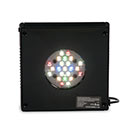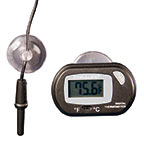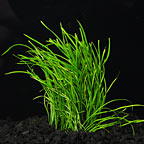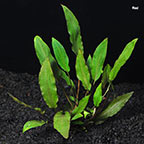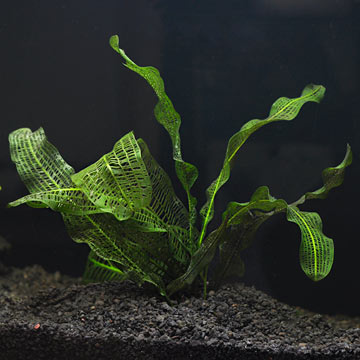
Additional locales and sizes may be available!
Additional locales and sizes may be available! Email me when availableQuick Stats
What do these Quick Stats mean? Click here for more information
What do these Quick Stats mean? Click here for more information
Overview
Plant the Madagascar Lace Plant singly in the mid-ground part of the aquarium as a focal point. Trim any dead tips on these plants, to inhibit the entire leaf from decaying. Do not allow algae or any other debris to settle on or within the leaves. Provide a high amount of light in the range of 3 to 5 watts per gallon, using full spectrum (5000-7000K) bulbs.
Reproduction with this plant occurs through bulb separation, or formation of seeds after flowering. Allow the new plant to develop a root system and immature leaves prior to separating it from the mother plant. At that time, it can then be planted in a different location.
The Madagascar Lace Plant benefits from regular additions of CO2, iron rich fertilizers, and trace elements. It is shipped in its bulb form and will not have fully developed leaves. Under the right conditions, the leaves will quickly take form.
Approximate Purchase Size: Bulb. 1" to 2"; Bare Root. 8" to 12"






